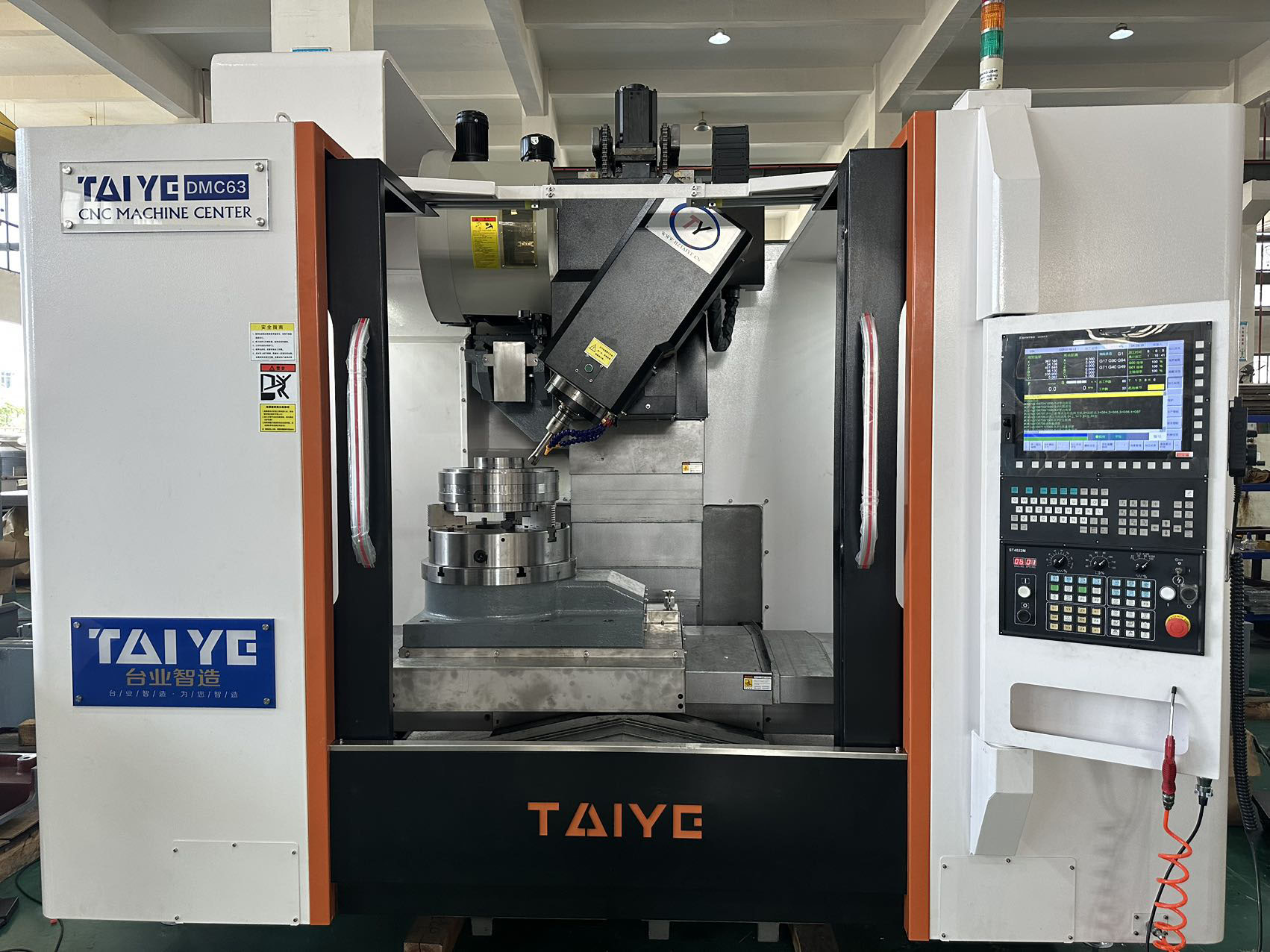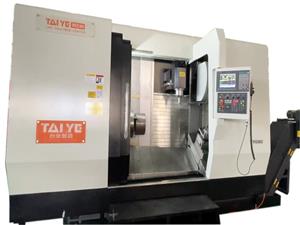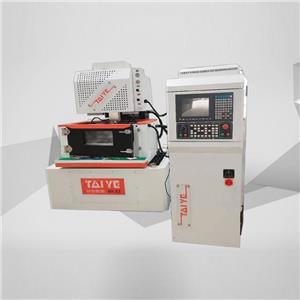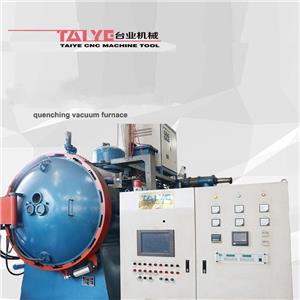Best Practices for Extending the Life of High-Speed Parts Machining Centers
High-speed machining centers are widely used in modern manufacturing, particularly in the automotive, aerospace, and precision instrument industries. Their efficient and precise machining capabilities significantly improve production efficiency. However, with age, equipment may experience wear or failure, impacting machining accuracy and productivity. Therefore, extending the service life of high-speed machining centers is crucial.

1. Regular Cleaning and Lubrication
Machining centers generate significant amounts of metal chips, oil, and dust during operation, which can cause wear and tear on machine components. Regular cleaning is crucial, ensuring that all working areas of the machine, such as the spindle, guideways, and ball screws, are clean and free of debris. Proper lubrication reduces friction and wear, extending component life. It is recommended to use the appropriate lubricant and replace it promptly according to the manufacturer's recommended intervals and specifications.
2. Precise Adjustment and Operation
When using a high-speed machining center, operators must perform precise adjustment to ensure that the machine meets precision requirements. Improper adjustment can lead to excessive wear and unnecessary failures. In addition, operators must strictly follow operating procedures to avoid overloading the equipment or sudden shutdowns to minimize impact on mechanical components.
3. Temperature Control Management
During high-speed machining, core components such as the machine tool's spindle and motor may overheat due to prolonged high-load operation. Excessive temperatures can exacerbate component wear and even damage. To prevent this problem, the machine should be equipped with an effective cooling system. During operation, the machine temperature should be monitored constantly, and coolant flow should be increased as necessary to ensure that the machining center's temperature remains within a reasonable range.
4. Regular Inspection and Maintenance
Regular inspection and maintenance of machining centers is key to extending their service life. Inspections should include the spindle, motor, control system, cooling system, and precision testing. Regular inspections can help prevent significant damage by promptly identifying and repairing potential faults. In particular, after prolonged high-load operation, timely in-depth inspection and maintenance should be performed to ensure optimal operating conditions.
5. Optimizing Processing
The rationality of the processing technology significantly impacts the service life of the equipment. Appropriate cutting parameters (such as cutting speed, feed rate, and depth of cut) can reduce spindle and tool loads and minimize equipment wear. Furthermore, selecting the right tool and tool material and avoiding aggressive cutting can both improve machining accuracy and reduce equipment wear.
Adopting these best practices can effectively extend the service life of high-speed parts machining centers, improving equipment stability and machining accuracy. For businesses, effective routine maintenance and operational management not only reduces repair costs but also ensures production efficiency and product quality. Only through long-term maintenance and optimization can the machining center's performance advantages be fully utilized, helping businesses achieve higher economic returns.




